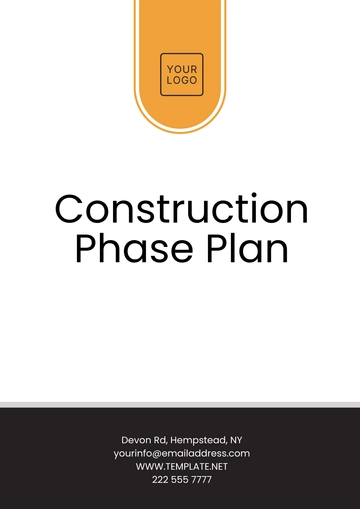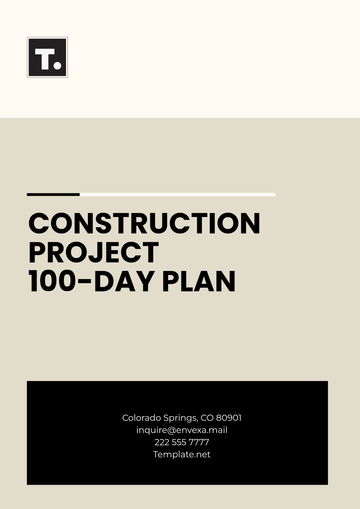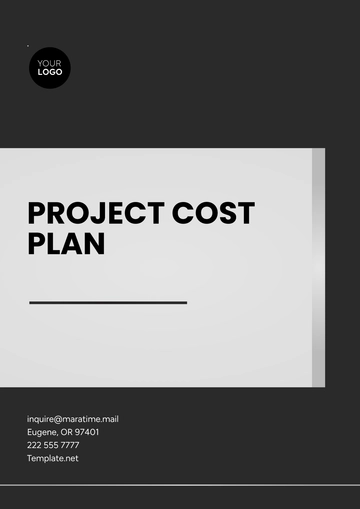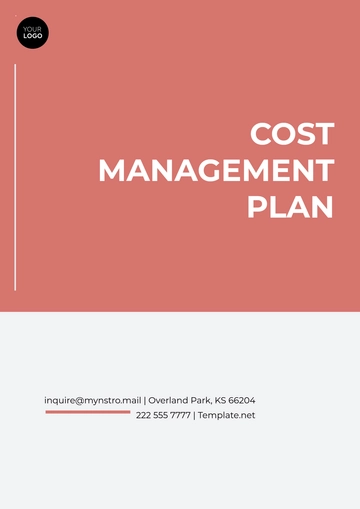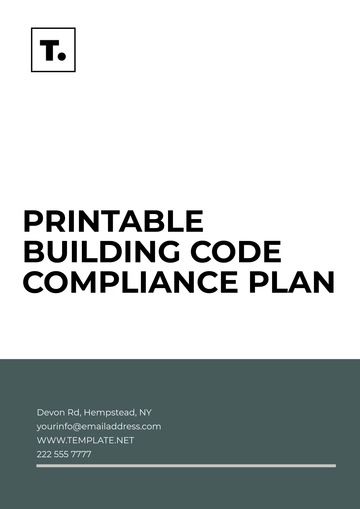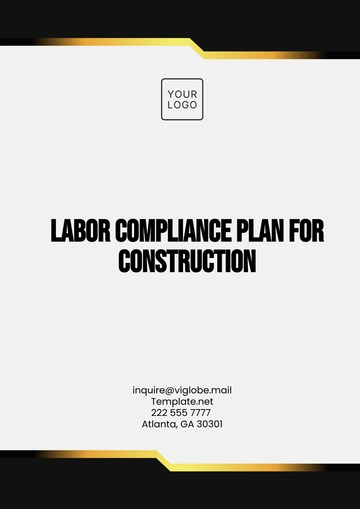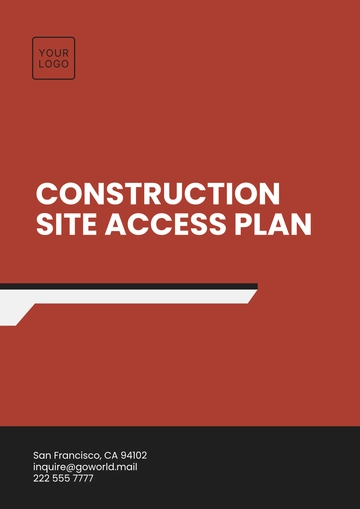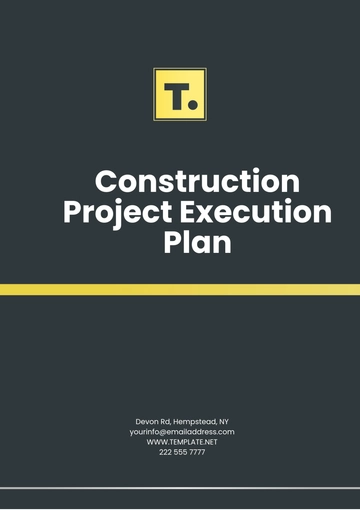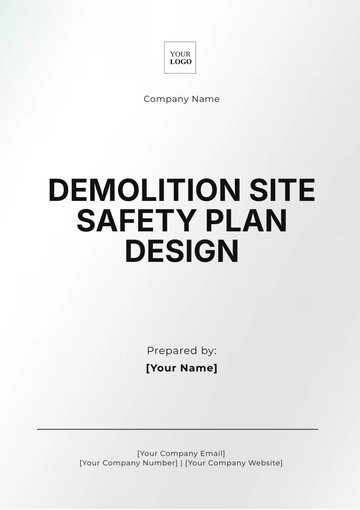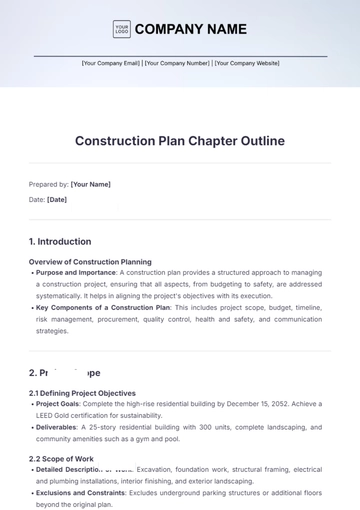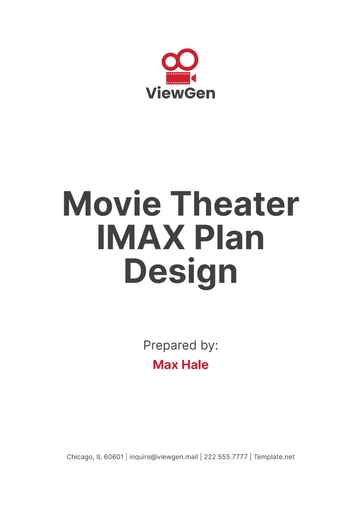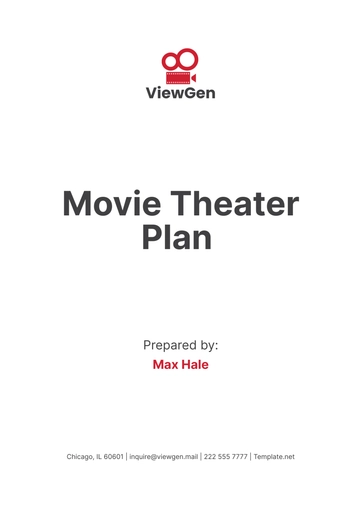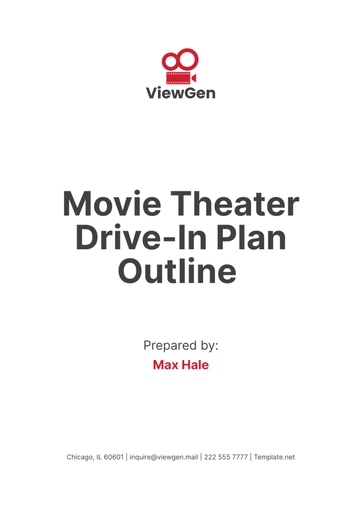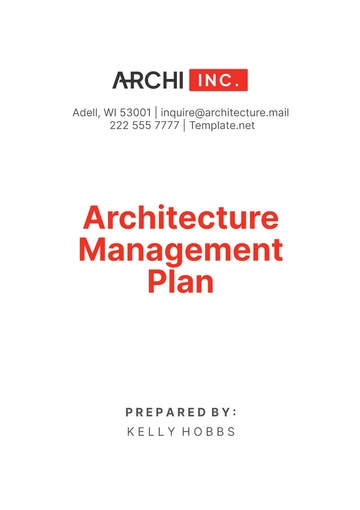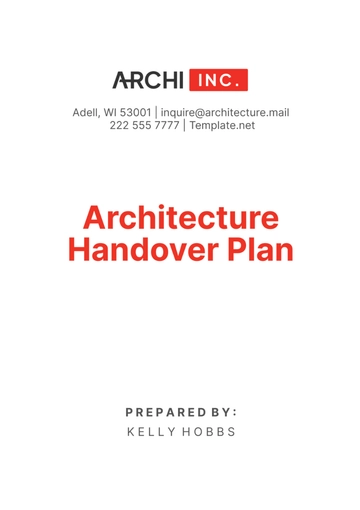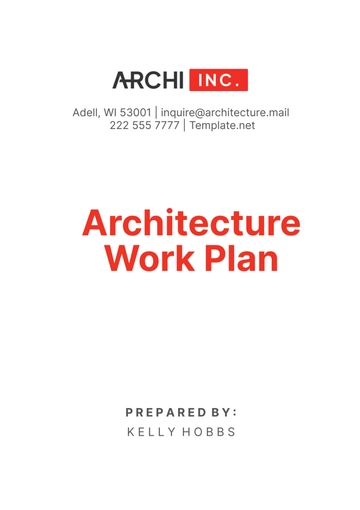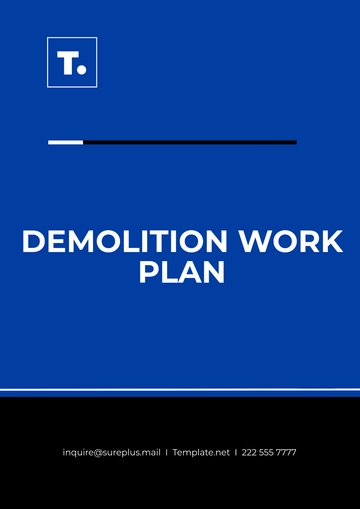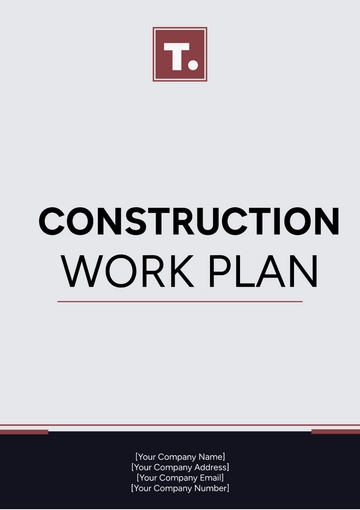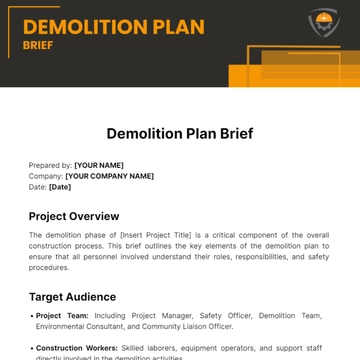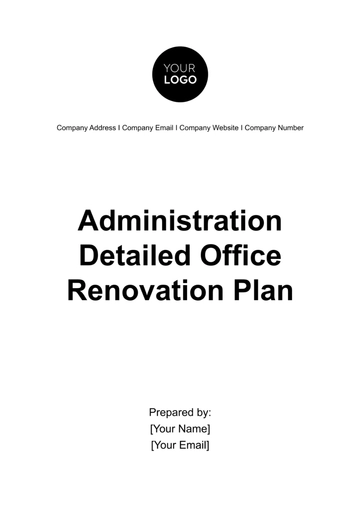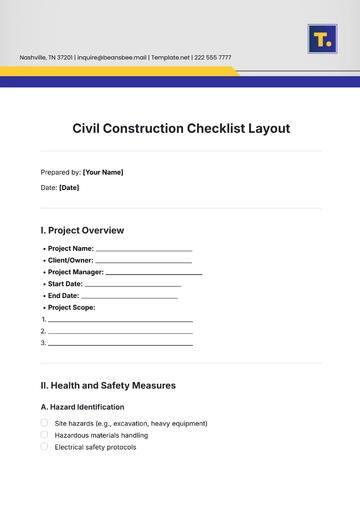Free Architecture Handover Plan
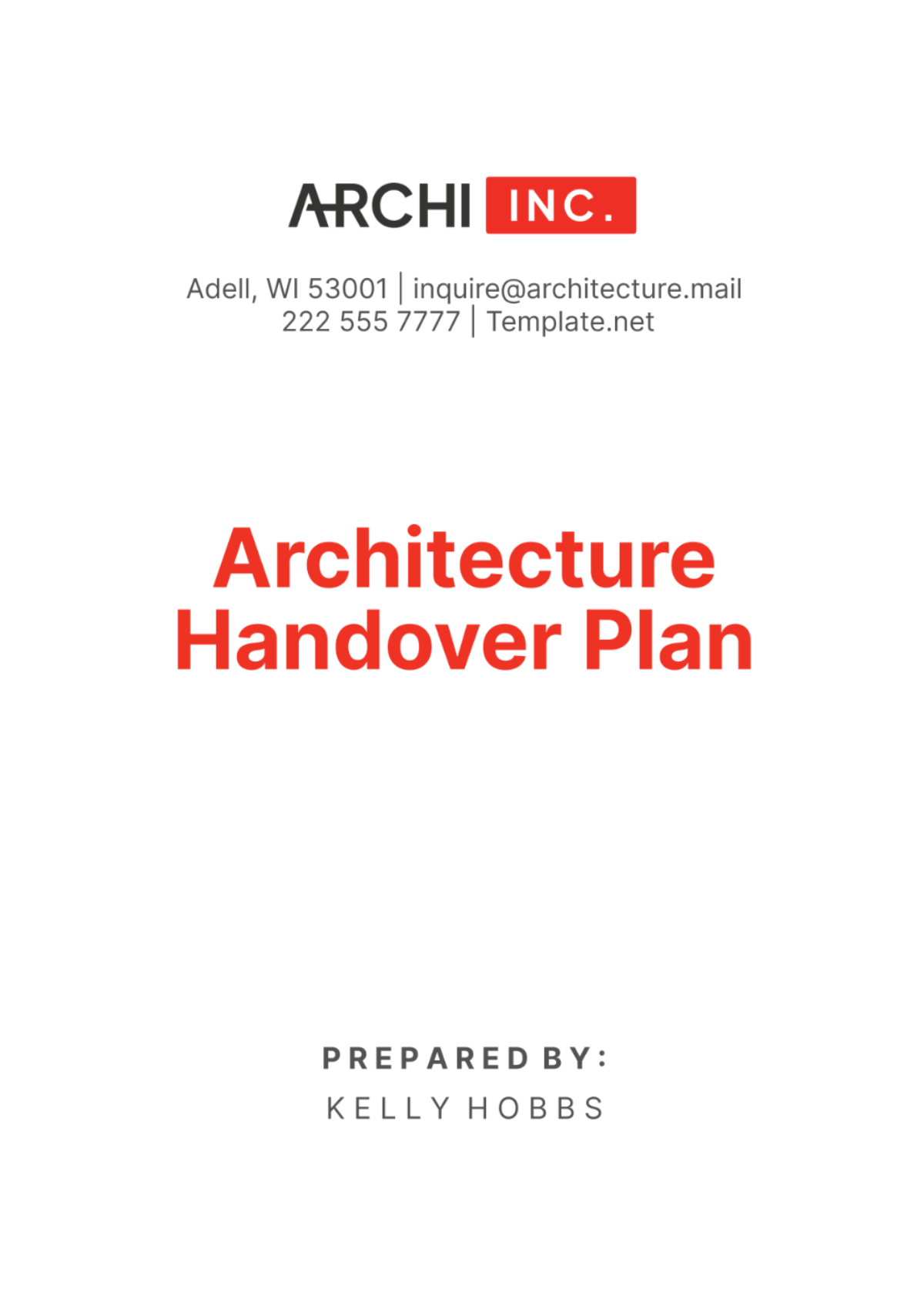
I. Introduction
A. Purpose of the Handover Plan
The purpose of this Architecture Handover Plan is to facilitate the seamless transition of architectural knowledge, responsibilities, and deliverables from the outgoing team to the incoming team. This plan outlines the process and procedures for transferring documentation, providing training, establishing communication channels, ensuring quality assurance, and managing risks associated with the handover.
B. Overview of the Architecture Being Handed Over
The architecture being handed over encompasses the design and development of our company's flagship e-commerce platform, [Platform Name]. It includes various components such as user authentication, product catalog management, order processing, and payment gateway integration. The architecture is designed to meet the requirements outlined in the "[Platform Name] Requirements Specification" document, ensuring scalability, performance, and security.
C. Scope of the Handover
The scope of this handover includes all architectural documentation, such as designs, diagrams, specifications, and requirements documents, as well as any associated knowledge transfer activities necessary for the incoming team to assume responsibility for the architecture.
II. Roles and Responsibilities
A. Lead Architect Responsibilities
Coordinate the handover process, including scheduling meetings and training sessions.
Ensure the completeness and accuracy of documentation by reviewing and verifying all materials.
Facilitate training sessions and knowledge transfer workshops to ensure the incoming team understands the architecture.
Provide ongoing support to the incoming team during the transition period, addressing any questions or concerns promptly.
B. Incoming Team Responsibilities
Familiarize themselves with the architectural documentation provided, including studying design documents and system diagrams.
Actively participate in training sessions and knowledge transfer workshops to gain a comprehensive understanding of the architecture.
Seek clarification on any unclear or ambiguous aspects of the architecture to ensure a smooth transition.
Assume ownership of the architecture and its associated responsibilities upon completion of the handover.
C. Outgoing Team Responsibilities
Compile and organize all relevant documentation for handover, ensuring that all documents are up-to-date and accurate.
Conduct training sessions and knowledge transfer activities effectively, providing comprehensive explanations and demonstrations.
Provide ongoing support and assistance to the incoming team during the transition period, offering guidance and expertise as needed.
Ensure a smooth transition of responsibilities without disrupting project timelines or deliverables.
III. Documentation Transfer
A. List of Documents to Be Transferred
Architectural Designs
High-level architecture diagram outlining the system's overall structure and key components.
Component-level design documents detailing the architecture of individual modules, including interfaces and dependencies.
System Diagrams
Sequence diagrams illustrating the flow of interactions between system components during various use cases.
Data flow diagrams depicting the movement of data through the system, highlighting input sources, processing steps, and output destinations.
Specifications
Functional requirements specification outlining the functional capabilities expected from the system, including user stories and acceptance criteria.
Non-functional requirements specification specifying the system's performance, scalability, security, and other quality attributes.
Requirements Documents
User stories defining specific user interactions and system behaviors from a user's perspective.
Use cases describing various scenarios and interactions between actors and the system.
B. Format and Structure Guidelines
Documents will be provided in electronic format (PDFs, Word documents, etc.) via a shared document repository accessible to all team members.
Each document will be labeled with a version number and date to ensure traceability and facilitate version control.
Documents will follow a standardized template developed specifically for [Platform Name] project documentation, ensuring consistency and clarity across all materials.
C. Documentation Review Process
The incoming team will review all transferred documentation for completeness, accuracy, and relevance to their responsibilities.
Any discrepancies or missing information identified during the review will be communicated to the outgoing team for resolution and clarification.
Once reviewed and approved by the incoming team, documentation will be considered officially transferred, and any further updates or changes will be managed by the incoming team.
IV. Training and Knowledge Transfer
A. Training Sessions Overview
Training sessions will be conducted bi-weekly over a period of two months, covering all aspects of the [Platform Name] architecture, from its underlying infrastructure to its front-end user interface. Each session will be led by experienced members of the outgoing team, providing insights into design rationale, implementation details, and best practices gleaned from real-world challenges faced during development.
B. Knowledge Transfer Workshops
In addition to traditional classroom-style training, knowledge transfer workshops will be organized on a monthly basis to encourage hands-on learning and foster collaboration among team members. Workshops will include activities such as code reviews, pair programming exercises, and group discussions on architectural trade-offs, allowing the incoming team to gain practical experience in applying architectural concepts to real-world scenarios.
V. Timeline and Milestones
A. Handover Schedule
The handover process will commence on June 1st and is scheduled for completion by August 31st, aligning with the end of the current development sprint. Key milestones include the initial documentation transfer by June 15th, completion of all training sessions by August 15th, and final documentation review and approval by August 30th.
B. Milestones for Documentation Transfer
Initial documentation transfer will focus on providing essential architectural artifacts, such as system diagrams and high-level design documents, to the incoming team within the first two weeks of the handover period. Subsequent iterations will refine and expand upon these materials based on feedback from the incoming team, ensuring that all documentation is comprehensive and up-to-date by the end of the transition period.
C. Milestones for Training and Knowledge Transfer
Training sessions will be conducted bi-weekly, with each session building upon the knowledge gained from the previous one to ensure a gradual and structured learning experience for the incoming team. Milestones for completion of training activities will be set at the end of each month, allowing for continuous assessment of progress and adjustment of training content as needed to address emerging needs and challenges.
VI. Communication Plan
A. Communication Channels and Frequency
Communication channels will include weekly team meetings via video conferencing, daily stand-up meetings for quick updates, and an email distribution list for asynchronous communication. Additionally, a dedicated Slack channel will be set up for real-time collaboration and ad-hoc discussions.
B. Meeting Schedule
Weekly team meetings will be held every Monday morning at 9:00 AM to review progress, discuss upcoming tasks, and address any issues or blockers. Daily stand-up meetings will take place each morning at 10:00 AM to provide brief updates on individual tasks and synchronize efforts across the team.
C. Reporting Structure
The reporting structure will follow a hierarchical model, with the lead architect serving as the primary point of contact for both the outgoing and incoming teams. Any escalations or unresolved issues will be brought to the attention of the project manager for resolution, ensuring clear lines of communication and accountability throughout the handover process.
D. Escalation Procedures
In the event of unresolved issues or conflicts, escalation procedures will be followed to ensure timely resolution and minimize disruptions to the handover process. Escalations will be documented and escalated to higher levels of management as necessary, with clear protocols for communication and decision-making to expedite resolution and maintain project momentum.
VII. Quality Assurance
A. Quality Checks for Documentation
All documentation transferred during the handover process will undergo rigorous quality checks to ensure accuracy, completeness, and compliance with established standards. This will include a review of document formatting, content consistency, and alignment with the [Platform Name] architecture's design principles.
B. Verification of Knowledge Transfer
The effectiveness of knowledge transfer activities will be verified through regular assessments and quizzes administered to the incoming team. Feedback from these assessments will be used to identify areas of strength and weakness, allowing for targeted interventions to address any gaps in understanding and ensure a thorough transfer of knowledge.
VIII. Risk Management
A. Identification of Potential Risks
Potential risks associated with the handover process will be identified and categorized based on their impact and likelihood of occurrence. These risks may include delays in documentation transfer, gaps in knowledge transfer, resource constraints, and unforeseen technical challenges.
B. Risk Mitigation Strategies
Risk mitigation strategies will be developed to address identified risks proactively and minimize their impact on the handover process. This may involve allocating additional resources to critical tasks, establishing contingency plans for high-risk scenarios, and implementing measures to enhance communication and collaboration between teams.
C. Contingency Plans
Contingency plans will be prepared for potential disruptions to the handover process, such as unexpected departures of key team members or technical issues that affect documentation availability. These plans will outline alternative approaches and mitigation measures to ensure continuity and minimize project risks in the event of unforeseen circumstances.
IX. Stakeholder Engagement
A. Stakeholder Communication Plan
A stakeholder communication plan will be developed to keep key stakeholders informed about the handover process and address any concerns or questions they may have. Regular updates will be provided via email newsletters, project status reports, and stakeholder meetings to maintain transparency and foster stakeholder confidence in the transition.
B. Stakeholder Review and Approval Process
Stakeholder review and approval processes will be integrated into the handover plan to ensure alignment with stakeholder expectations and requirements. Stakeholders will have the opportunity to review documentation and provide feedback before final approval, ensuring that their needs are adequately addressed and incorporated into the transition plan.
X. Conclusion
A. Summary of Key Points
In conclusion, this Architecture Handover Plan outlines the process and procedures for transferring architectural knowledge, responsibilities, and deliverables from the outgoing team to the incoming team. By following the outlined steps and leveraging the established communication channels and feedback mechanisms, we aim to ensure a smooth and successful transition that minimizes disruptions and maximizes the effectiveness of the handover process.
B. Next Steps
The next steps in the handover process include initiating the documentation transfer, scheduling training sessions and knowledge transfer workshops, and implementing the communication plan. The outgoing team will work closely with the incoming team to address any challenges that arise and provide ongoing support throughout the transition period.
C. Contact Information for Further Queries
For any further queries or clarifications regarding the handover process, please contact the lead architect, [Your Name], at [Your Email] or [Your Number]. We welcome feedback and suggestions for improving the handover plan and ensuring its successful implementation.
- 100% Customizable, free editor
- Access 1 Million+ Templates, photo’s & graphics
- Download or share as a template
- Click and replace photos, graphics, text, backgrounds
- Resize, crop, AI write & more
- Access advanced editor
Improve your architecture handover process with the Architecture Handover Plan Template from Template.net. This editable and customizable template streamlines the transfer of architectural knowledge seamlessly. With the AI Editor Tool, effortlessly tailor the plan to your project's needs, ensuring a smooth transition between teams. Optimize efficiency and clarity in your handover process today.
You may also like
- Finance Plan
- Construction Plan
- Sales Plan
- Development Plan
- Career Plan
- Budget Plan
- HR Plan
- Education Plan
- Transition Plan
- Work Plan
- Training Plan
- Communication Plan
- Operation Plan
- Health And Safety Plan
- Strategy Plan
- Professional Development Plan
- Advertising Plan
- Risk Management Plan
- Restaurant Plan
- School Plan
- Nursing Home Patient Care Plan
- Nursing Care Plan
- Plan Event
- Startup Plan
- Social Media Plan
- Staffing Plan
- Annual Plan
- Content Plan
- Payment Plan
- Implementation Plan
- Hotel Plan
- Workout Plan
- Accounting Plan
- Campaign Plan
- Essay Plan
- 30 60 90 Day Plan
- Research Plan
- Recruitment Plan
- 90 Day Plan
- Quarterly Plan
- Emergency Plan
- 5 Year Plan
- Gym Plan
- Personal Plan
- IT and Software Plan
- Treatment Plan
- Real Estate Plan
- Law Firm Plan
- Healthcare Plan
- Improvement Plan
- Media Plan
- 5 Year Business Plan
- Learning Plan
- Marketing Campaign Plan
- Travel Agency Plan
- Cleaning Services Plan
- Interior Design Plan
- Performance Plan
- PR Plan
- Birth Plan
- Life Plan
- SEO Plan
- Disaster Recovery Plan
- Continuity Plan
- Launch Plan
- Legal Plan
- Behavior Plan
- Performance Improvement Plan
- Salon Plan
- Security Plan
- Security Management Plan
- Employee Development Plan
- Quality Plan
- Service Improvement Plan
- Growth Plan
- Incident Response Plan
- Basketball Plan
- Emergency Action Plan
- Product Launch Plan
- Spa Plan
- Employee Training Plan
- Data Analysis Plan
- Employee Action Plan
- Territory Plan
- Audit Plan
- Classroom Plan
- Activity Plan
- Parenting Plan
- Care Plan
- Project Execution Plan
- Exercise Plan
- Internship Plan
- Software Development Plan
- Continuous Improvement Plan
- Leave Plan
- 90 Day Sales Plan
- Advertising Agency Plan
- Employee Transition Plan
- Smart Action Plan
- Workplace Safety Plan
- Behavior Change Plan
- Contingency Plan
- Continuity of Operations Plan
- Health Plan
- Quality Control Plan
- Self Plan
- Sports Development Plan
- Change Management Plan
- Ecommerce Plan
- Personal Financial Plan
- Process Improvement Plan
- 30-60-90 Day Sales Plan
- Crisis Management Plan
- Engagement Plan
- Execution Plan
- Pandemic Plan
- Quality Assurance Plan
- Service Continuity Plan
- Agile Project Plan
- Fundraising Plan
- Job Transition Plan
- Asset Maintenance Plan
- Maintenance Plan
- Software Test Plan
- Staff Training and Development Plan
- 3 Year Plan
- Brand Activation Plan
- Release Plan
- Resource Plan
- Risk Mitigation Plan
- Teacher Plan
- 30 60 90 Day Plan for New Manager
- Food Safety Plan
- Food Truck Plan
- Hiring Plan
- Quality Management Plan
- Wellness Plan
- Behavior Intervention Plan
- Bonus Plan
- Investment Plan
- Maternity Leave Plan
- Pandemic Response Plan
- Succession Planning
- Coaching Plan
- Configuration Management Plan
- Remote Work Plan
- Self Care Plan
- Teaching Plan
- 100-Day Plan
- HACCP Plan
- Student Plan
- Sustainability Plan
- 30 60 90 Day Plan for Interview
- Access Plan
- Site Specific Safety Plan
